My brother, John Dobbs, and our 3rd cousin, Willoughby Dobbs, have taken the DNA testing for the Dobbs DNA project. Their alleles are an exact match for 37 markers. This test also identified their haplotype as R1a1.
I found the information below on Wikipedia. I copied this excerpt to paste in this blog because it was the easiest to read. Feel free to find more information if you like.
I'm curious how Vikings got into our blood - was it by birth or by force? I'm hoping it was the former because I wouldn't want to be a product of Viking raping and pillaging!!!
Genetic legacy
Studies of genetic diversity provide some indication of the origin and expansion of the Viking population. The Haplogroup I1 (defined by specific genetic markers on the Y-chomosome) is sometimes referred to as the "Viking haplogroup". This mutation occurs with the greatest frequency among Scandinavian males: 35 percent in Norway, Denmark and Sweden, and peaking at 40 percent within western Finland. It is also common near the southern Baltic and North Sea coasts, and then successively decreases the further south geographically.
Genetic studies in the British Isles of the Y-DNA Haplogroup R1a1, seen also across Scandinavia, have demonstrated that the Vikings settled in the British Isles as well as raiding there. Both male and female descent studies show evidence of Norwegian descent in areas closest to Scandinavia, such as the Shetland and Orkney Islands. Inhabitants of lands farther away show most Norse descent in the male Y chromosome lines.[27]
A specialized surname study in Liverpool demonstrated marked Norse heritage, up to 50 percent of males who belonged to original families, those who lived there before the years of industrialization and population expansion.[28] High percentages of Norse inheritance – tracked through R1a1 haplotype signatures – were also found among males in Wirral and West Lancashire.[29] This was similar to the percentage of Norse inheritance found among males in the Orkney Islands. [30]
Recent research has revealed that the Scottish warrior Somerled, who drove the Vikings out of Scotland and was the progenitor of Clan Donald, was himself of Viking descent – a member of Haplogroup R1a1.
Subscribe to:
Post Comments (Atom)









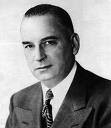



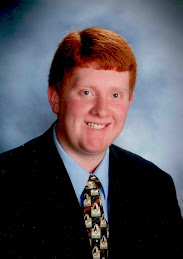

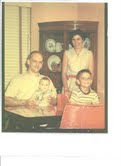

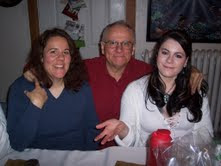





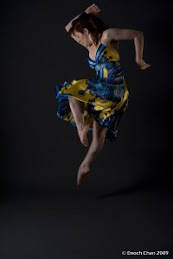

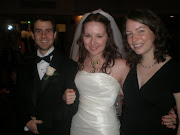




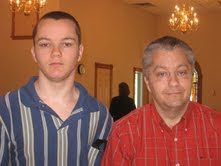
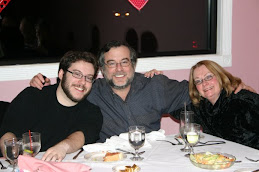



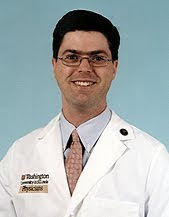
No comments:
Post a Comment